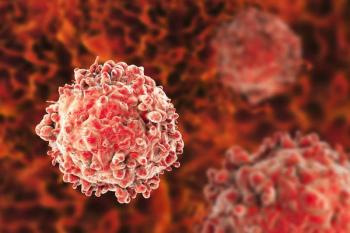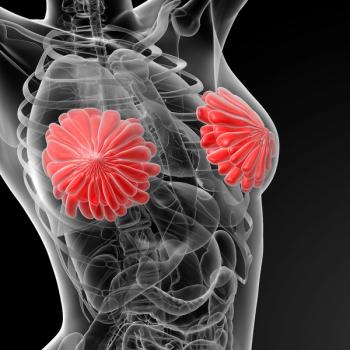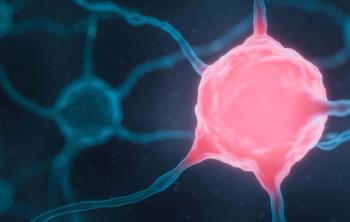
Waging the deadliest battle: Against both cancer and Candida
As more doctors turn to fluconazole for empirical antifungal therapy, some of the weakest patients--those with hematological malignancies and neutropenia--are most likely to pay the price, succumbing to resistant microorganisms.
Increasingly, for patients with hematological malignancies the enemy is not the cancer but a fungal infection. Those with neutropenia are at the highest risk of having a resistant fungal infection, and of dying because of it.
Thus is Darwin confirmed again. Modern medicine is a continually shifting ecosystem. Ever more fragile patients are treated with invasive methods such as hyperalimentation that are ideal breeding grounds for fungi (particularly Candida). The increased use of antifungals has nurtured resistant, non-C. albicans forms of candidiasis.
Overall, survival from fungal infections appears to be improving, as the identification of candidemia as one of the leading causes of bloodstream infections has led to prompt testing and empirical treatment with newer antifungals such as caspofungin and micafungin. But the prevalence of infections with species other than Candida albicans, and more resistant to traditional antifungals, is increasing. Today C.albicans (which is susceptible to the traditional antifungal, fluconazole) accounts for barely half of all bloodstream infections with Candida in most settings. C. krusei, which is resistant, now causes about one-fourth of all such infections. (Its prevalence varies depending on the clinical setting and the continent.)
But everywhere the outlook for patients with hematological cancers, especially those who require transplants, is troubling.
This month, investigators at Virgen del Rocio University Hospital in Seville, Spain,
The major independent risk factor for resistance was prior exposure to fluconazole, they report. Another was neutropenia.
"The empirical use of fluconazole in febrile patients is a common therapeutic strategy," write Jose Garnacho-Montero et al, because it is the least expensive and best understood antifungal.We should be concerned about a possible shift toward non-albicans species, they add, especially toward C. krusei.
C. krusei, most commonly infects patients with hematological malignancies. More than half are women and 45% have neutropenia, according to
The Spanish study confirms findings from a
Fungal infections are a particularly vexing problem because the variety of available antifungals is far smaller than that of antibacterials. Also, a surprising synergy between human and fungal biology increases the likelihood that any new formulation will cause side effects.
Most antifungals attack components of the fungal cell wall or the enzymes used to construct or maintain it. Fungi respond to this challenge by increasing production of these molecules or by boosting levels of substances that escort the drugs out of the cell (often not just temporarily after antifungal treatment, but constitutively).
The microbes adapt, and so do we. Researchers at the University of Sydney (Australia) this month report
Newsletter
Stay up to date on recent advances in the multidisciplinary approach to cancer.
































































































